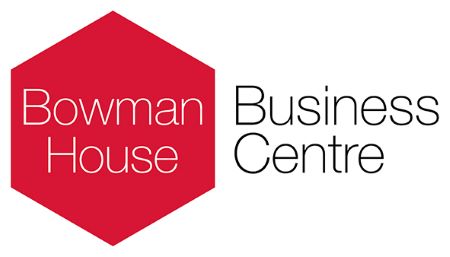In case you missed it see what’s in this section
Let's Talk
Craft Brew 101: How to Test, Taste, and Rate Beer
The craft beer industry's market share reached 26% in 2021. According to experts, the industry is projected to grow from $102 billion to over $200 billion by 2028.
The promising prospect in the craft beer scene has attracted thousands of craft beer makers in the last few years, making the scene more competitive than ever. But if you hope to succeed in the industry, you must be intentional in ensuring that you only produce quality beers, starting with improving your quality assurance.
If you are new to testing, tasting, and rating beers, this guide can help you understand the basics.
What to Look For When Testing, Tasting, and Rating Beer
Physical Appearance
A good beer should have an attractive color based on its ingredients and the beer type. When customers order a specific type of beer, they expect to see a particular color when they look through the glass.
Pilsners and lagers should have a pale yellow to golden color. On the other hand, stouts and ales tend to have a dark brown to black color. However, not all beers are made to have a transparent color.
For instance, hazy beers have gained considerable popularity recently, even with their cloudy or foggy appearance. They are made with high amounts of wheat and thiolized wheat to achieve the perfect haze.
If you are unsure what gives hazy beers a fullness of flavor even with so little to offer on looks, this Ollie's guide on thiolized yeast can help you understand them better.
Aroma
After a beer passes the appearance test, its aroma comes next. If you are a beer lover, you already know the smell you have come to expect in a perfect beer. So you may have a rough idea of what you are looking for.
Like physical appearance, the smell of beers can vary widely based on the ingredients used and their concentrations, giving every beer type a distinctive smell. But every beer should have a pleasant aroma and be free of off-putting smells.
Strong, off-putting smells, such as the smell of vinegar, should be a red flag that could indicate infection and should not be consumed.
Taste and Mouthfeel
The physical appearance and the smell of a beer can be perfect. But there is no way of telling how good or bad it is until you taste it. So the next step should be taking a sip. Take a large enough sip to swirl around your mouth, and then swallow with your mouth closed while exhaling through your nose. Exhaling through your nose helps pick out subtle aromas you may have missed in the initial smell test.
You could take several sips while testing different aspects of the beer, such as taste, acidity, and mouth feel. The mouth feel of your beer will be determined by its weight, carbon dioxide content, and ingredients. A good beer should not be creamy and smooth. Too thin or watery beer and too creamy can indicate using a wrong combination of ingredients or a problem in the process.
Rating Your Beers
After tasting, the next step is rating the beers based on the tests. One method is rating it using a scale, for example, 1 to 100 or 1-5 for each parameter. This is the most commonly used option by craft beer makers and tasters.
However, if you are not confident in the final quality of the beer, you could use a more straightforward rating option. For example, you could describe your view of the beer's performance for all parameters, such as its color, smell, mouth feel, and overall impression. When used with a relatively large test group, this option can give you a more accurate impression of your beer status.
Weather in Swindon
Listings





















